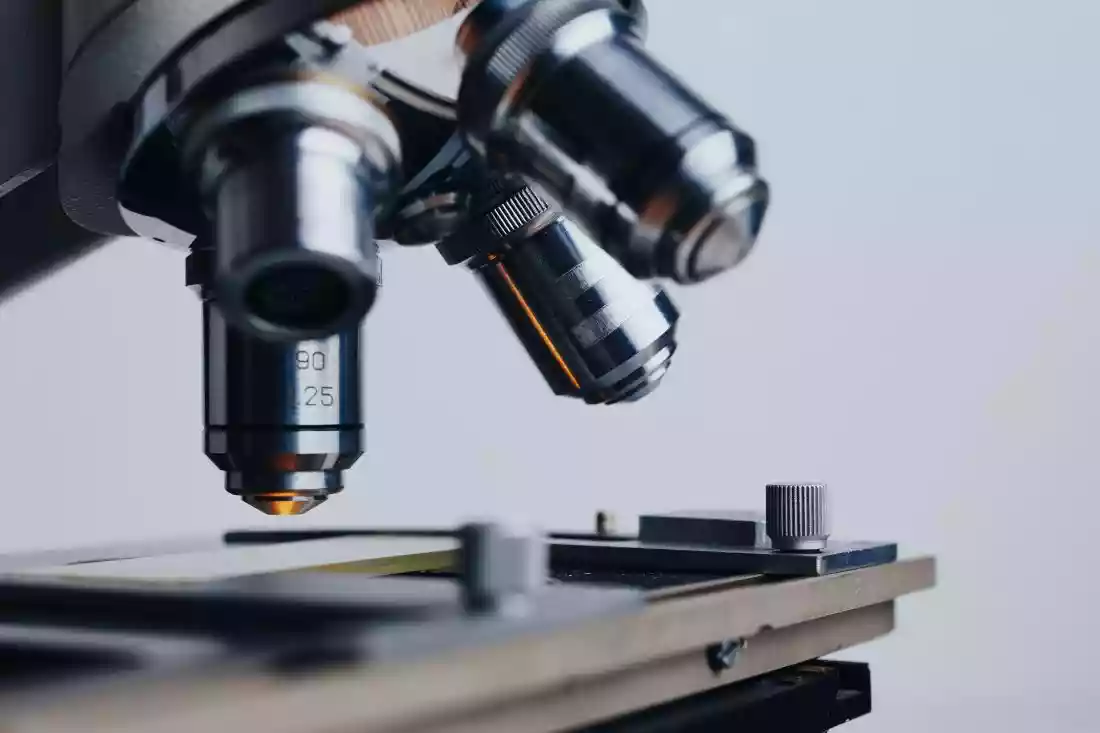
Microstructure is the critical link between processing and properties of a material. This is true for conventional wrought and cast material as well as additively manufactured (AM) parts. Current techniques to measure spatially resolved crystallographic orientation, such as electron backscatter diffraction (EBSD), are prohibitively expensive for large-scale quality control and industrial research purposes, both in terms of the time and cost as well as the small sample size and stringent preparation requirements involved. At MRL, we have developed TiPolar - a computational polarized microscopy instrument for orientation imaging, that produces high-resolution (half micron for AM titanium) CMAP and pole figure results comparable to EBSD with many notable advantages over the conventional method:
While developing high-throughput instruments like TiPolar, we also work to develop high throughput methods for data acquisition and analysis using conventional material characterization tools. Our characterization capabilities include:
Learn more about high-throughput microstructure characterization from the TiPolar Website, or send us your questions
Inquiry